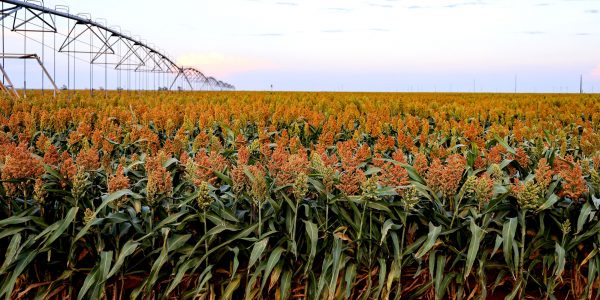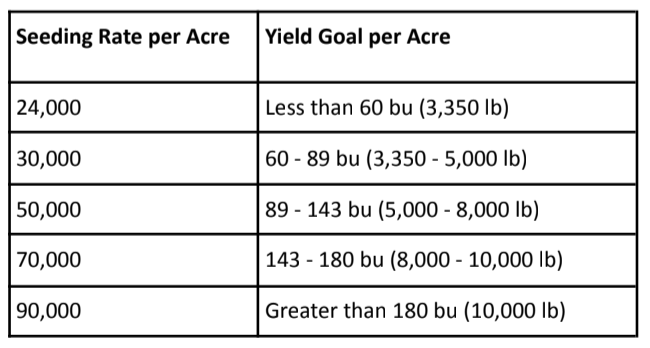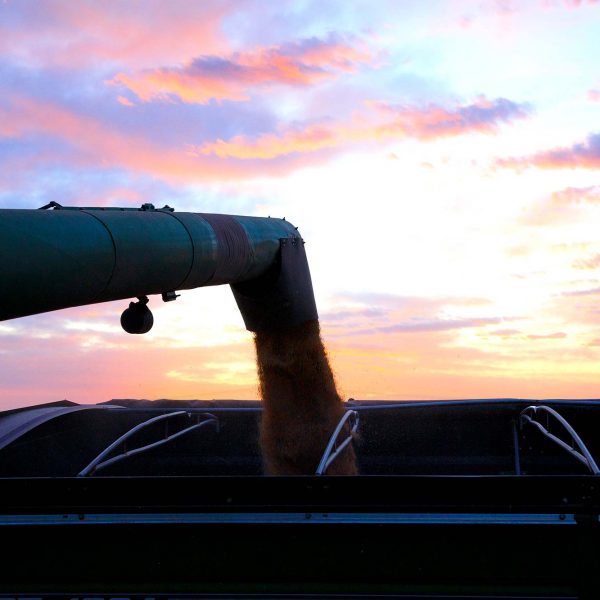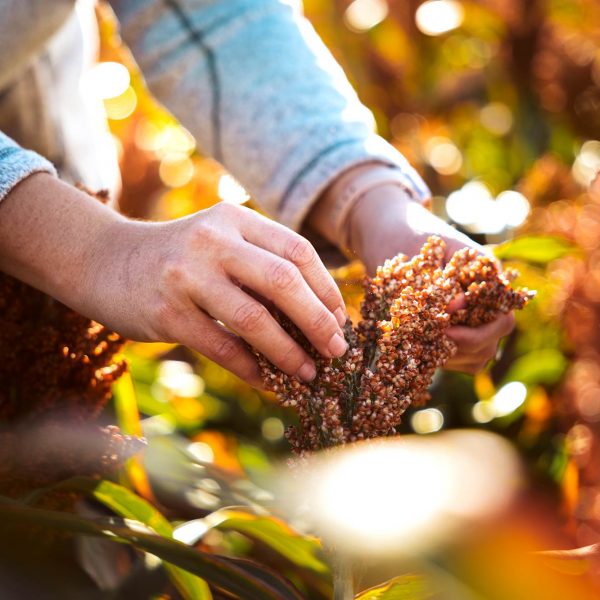
Optimizing Irrigation in Grain Sorghum
By Sorghum Checkoff Agronomy Director Brent Bean, Ph.D.
The most recent USDA National Agricultural Statistics Service Report on prospective plantings has sorghum acres up 18 percent from 2020, at just under seven million acres. Although much of these acres will be planted under dryland conditions, there will be a significant number of growers who plan to irrigate their sorghum. Because of its ability to withstand brief periods of drought better than many other crops, sorghum makes for a nice companion crop with a host of other commodities including corn, cotton, soybeans and peanuts.
For maximizing sorghum yields, soil water should be maintained above 50 percent available water to a soil depth of three feet. However, yield of grain sorghum will normally not be reduced as long as soil-available water stays above 30 to 40 percent. This allows for irrigation water to be diverted to other crops in order to meet their water needs during critical periods.
In order to take full advantage of each inch of irrigation water, it is helpful to know key growth stages in the life cycle of sorghum. As with all crops, uniform stand establishment is important. If needed, irrigation should be applied to ensure stand establishment. At approximately 30 days after emergence, the formation of the sorghum head is initiated. This is when the potential number of kernels per head is determined. If moisture stress occurs at this time, head size will be small and grain numbers per head will be reduced.
The next and most important stage of development is at boot – which is just before the head emerges at the top of the plant prior to blooming and grain set. Many trials over the years have shown that adequate soil water at this time will greatly enhance yield.
Although not as critical as the aforementioned stages, avoiding water stress during the grain fill period—especially during soft dough—can add test weight to the final yield. A good time to irrigate is just as the grain is beginning to turn from green to its final color.
Once the grain has reached hard dough and can no longer be smashed by squeezing the grain between the thumb and forefinger, irrigation is unlikely to add to yield. If conditions are dry, however, irrigation at this time can improve stalk strength which reduces and increases harvest efficiency.
Seeding Rate
Seeding rate should vary depending on the anticipated amount of irrigation water that can be applied. The amount of water needed to reach a set yield goal can vary greatly from region to region depending on daily maximum temperature, humidity, wind speed and solar radiation. Seeding rate should match the producer’s yield goal. The table below gives the recommended seeding rate for various yield goals and should be appropriate for most environments.





